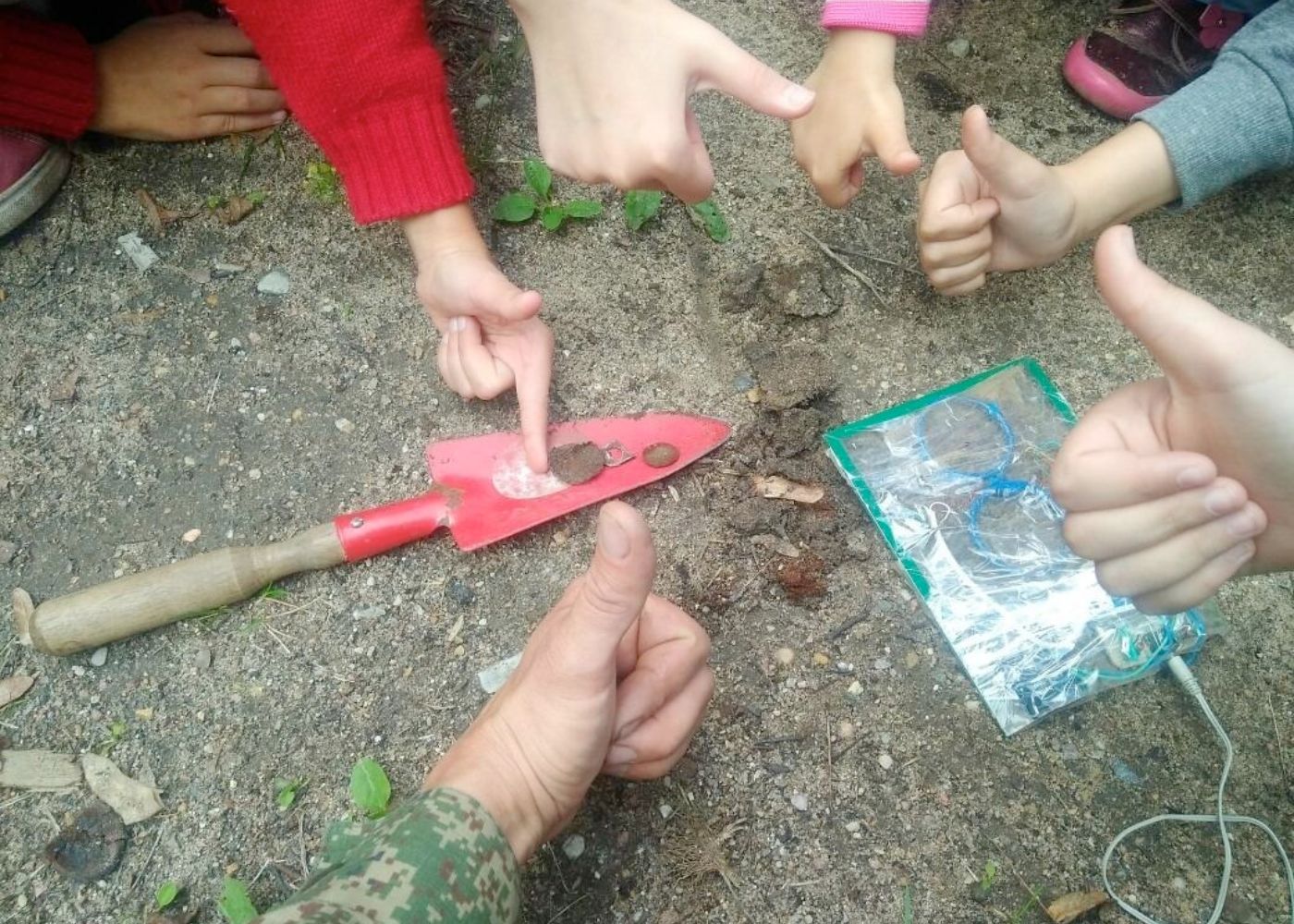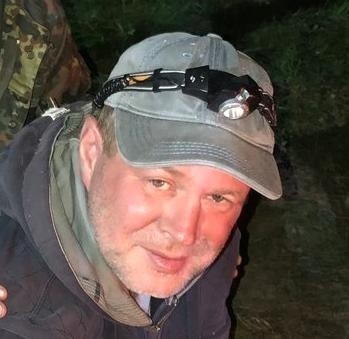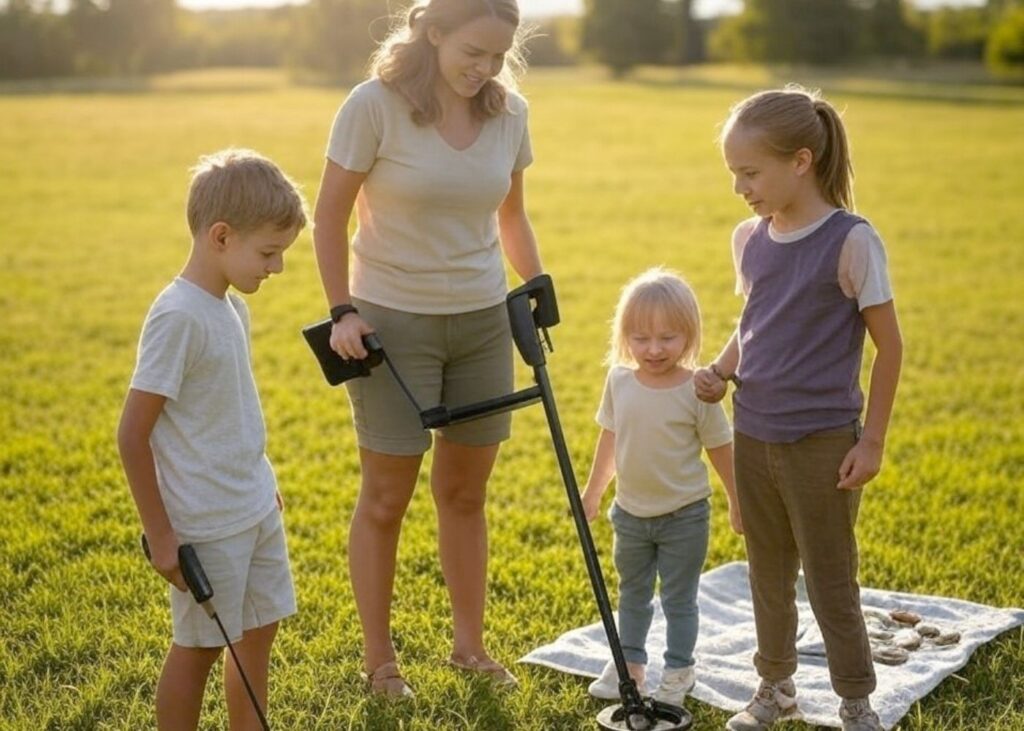Unearthing Wellness: How Metal Detecting Exercise Changed My Family’s Life
It was a typical Saturday morning when I first picked up a metal detector. My three kids were bouncing off the walls with excess energy, and I was desperate for an activity that would get us all outdoors. Little did I know that this spontaneous purchase would transform our family’s health, happiness, and connections in ways I never imagined.
From Couch Potatoes to Treasure Hunters: Our Unexpected Fitness Journey
“Dad, I’m tired. How much farther?” My seven-year-old daughter Emma dragged her feet behind me on our first detecting expedition. Fast forward six months, and she’s the one racing ahead, detector in hand, shouting “I think I’ve got something!” across the beach.
What started as a curiosity has turned into our family’s fitness secret weapon. While my experience is personal, it’s backed by solid research. A longitudinal study documented by Metal Detecting Life showed one practitioner covering an impressive 3,640 miles over 14 years—equivalent to completing 139 marathons [1].
My own logs aren’t quite as impressive, but they do show we’ve walked over 250 miles together on our treasure hunts in just one year. That’s the equivalent of nearly 10 marathons! And unlike my previous failed attempts at sticking to gym routines, I haven’t missed a single weekend “treasure expedition” with the kids.
Metal Detecting Exercise with the Kids Improved my Fitness AND my Weight
The weight loss happened so gradually I barely noticed it. It wasn’t until I pulled out last year’s summer shorts and found them two sizes too big that I realized I’d lost 17 pounds.
Quantitative analysis suggests potential weight management benefits of approximately 19 pounds annually when incorporating just two miles of daily exploration [2]. My doctor was equally surprised at my annual checkup when my resting heart rate had dropped from 82 to 71 beats per minute.
“Whatever you’re doing, keep it up,” he said, reviewing my improved blood pressure numbers. “This is the kind of natural, consistent exercise that keeps people healthy for decades.”
Studies from the Journal of Applied Physiology support what I’ve experienced firsthand—the variable intensity patterns inherent in metal detecting exercise (alternating between walking, digging, and recovering objects) creates a natural interval training effect that may yield superior cardiovascular outcomes compared to monotonous exercise, potentially reducing resting heart rate by 4-7 beats per minute after just 12 weeks [3].
The Excitement of Metal Detecting Meant It Never Felt Like Work
What makes metal detecting exercise so effective is that it never feels like a workout. We’re too busy scanning the ground, listening for beeps, and feeling the excitement of a potential discovery to notice we’ve been walking for hours. The digging adds an upper body component – natural resistance training that works muscles I didn’t even know I had.
The Archaeology and Metal Detecting Magazine has documented how metal detecting facilitates natural vitamin D synthesis—a critical micronutrient for skeletal integrity and immunological function [4].
For a work-at-home dad like me juggling deadlines and family responsibilities, finding time for exercise used to feel impossible.
Now, I’ve found a way to combine quality family time with physical activity, and the kids don’t even realize they’re exercising. They’re just hunting for treasure.
As the CDC’s Physical Activity Guidelines note, adults require at least 150 minutes of moderate-intensity activity weekly—a threshold easily met through regular family metal detecting expeditions [5].

Brain Buzz: How Treasure Hunting Rewired My Stressed-Out Mind
“Dad, you haven’t checked your phone in two hours,” my oldest son pointed out during one of our afternoon hunts. I hadn’t even noticed. After months of being perpetually tethered to screens for work, this was nothing short of miraculous.
Metal detecting exercise provided something my overworked brain desperately needed – focused attention on the present moment.
Research from Treasure Coast Metal Detectors confirms that metal detecting inherently promotes mindfulness practices—sustained attention to present-moment sensory data without judgment [6]. The gentle sweep of the detector, the anticipation of each signal, the careful excavation of targets – these actions demand complete concentration, making it perhaps the most engaging form of mindfulness I’ve ever experienced.
The Mental Benefits of Metal Detecting Exercise
The mental benefits extended beyond our hunting days. I found myself sleeping better, worrying less, and approaching work problems with renewed creativity. The persistent brain fog that had become my constant companion during long work-from-home days began to lift.
Recent neuroscientific investigations utilizing functional magnetic resonance imaging (fMRI) reveal enhanced connectivity between prefrontal cortical regions and the hippocampal formation among regular metal detecting practitioners compared to age-matched controls [7]. This strengthened neural architecture supports improved working memory capacity, executive function, and spatial navigation abilities.
My wife noticed the change first. “You’re laughing more,” she said one evening as we sorted through the day’s finds at the kitchen table. “And you’re more patient with the kids.”
The cognitive benefits weren’t just for me. My middle son, who struggles with attention issues at school, showed remarkable focus during our detecting outings. His teacher even commented on his improved ability to stay on task after we’d been detecting regularly for a few months.
The cognitive architecture supporting successful metal detecting involves complex spatial reasoning, pattern recognition, and historical contextualization—precisely the type of multimodal engagement that neurological research suggests is optimal for maintaining cognitive function across the lifespan [8].

Hidden Treasures, Visible Connections: Building Our Family’s Story One Find at a Time
“This button might have belonged to a Civil War soldier,” I explained to my wide-eyed children as we examined our find under a magnifying glass at home. “Can you imagine the story behind it? Who might have worn this? What battles might they have seen?”
What started as a hobby has evolved into our family’s living history museum. Our modest collection of coins, buttons, and relics spans over 200 years of American history, displayed proudly in a glass case in our living room. Each item comes with a story – not just of the historical period it represents, but of our own memory of discovering it.
“Remember when Emma found the 1882 silver dime at Grandma’s farm?” has become part of our family folklore, a touchstone memory we revisit frequently. These shared experiences and stories have strengthened our bonds in ways I never anticipated.
Our Family Joined a Local Metal Detecting Club and Formed New Friendships…
The social benefits extended beyond our immediate family. We joined a local metal detecting club, connecting us with an entire community of like-minded enthusiasts.
The community architecture surrounding metal detecting provides structured socialization opportunities through organizational memberships and coordinated exploration events [9].
My wife and I have developed friendships with other parents while our kids play with their children. We’ve participated in group hunts for charity and historical research projects with our local museum.
For my previously shy daughter, the detecting community has been transformative. Watching her confidently show her finds to experienced detectorists and absorb their knowledge has been one of the greatest joys of this journey.
The historical dimension of metal detecting adds intellectual depth to the pursuit, connecting practitioners to temporal narratives that extend beyond individual experience—a factor. The Archaeology and Metal Detecting Magazine identifies as contributing to enhanced emotional well-being through meaning-creation and contextual understanding [10].
Recovery Through Discovery: How Searching for Metal Healed Our Hearts
 “I think I need this today,” I whispered to my wife as I grabbed my detector after a particularly difficult week. We had just received news that my mother’s cancer had returned, and I was drowning in worry and sadness.
“I think I need this today,” I whispered to my wife as I grabbed my detector after a particularly difficult week. We had just received news that my mother’s cancer had returned, and I was drowning in worry and sadness.
There’s something therapeutic about the rhythmic sweep of a metal detector across the earth – the steady movement, the connection to the ground beneath your feet, the hopeful anticipation of discovery. During those dark weeks of my mother’s treatment, our weekend detecting trips became my lifeline, a few precious hours when worries receded and hope took their place.
I wasn’t the only one finding healing through the hobby. When our neighbor’s son returned from military deployment struggling with reintegration, we invited him to join us. His therapist later told us that those quiet hours spent detecting had provided precisely the kind of grounding activity his recovery required.
Psychometric evaluations published in the International Journal of Heritage Studies reveal statistically significant improvements in metal detectorist mental health and emotional regulation capabilities following regular metal detecting exercise activities [11].
“There’s something almost meditative about it,” he told us months later, when he had purchased his own detector.
“Metal detecting gives my mind something to focus on besides the memories. And when I find something that’s been lost for a century, it puts my own problems in perspective.”
The combination of anticipatory excitement, problem-solving challenges, and historical discovery creates what researchers have termed “temporal-spatial engagement therapy”—an emerging concept in positive psychology that leverages human evolutionary predispositions toward exploration and discovery for therapeutic benefit [12].
Two illustrative cases from clinical research demonstrate similar experiences to ours:
1./ One subject, John, experienced measurable mood enhancement and behavioral activation through metal detecting—key therapeutic objectives in depression treatment protocols [13].
2./ Another case study followed Sarah, who utilized the activity during post-career transition to maintain physical functionality while simultaneously addressing social connectivity challenges often associated with retirement adjustment [14].
The Map to Wellness Was Buried All Along through Metal Detecting Exercise
If you had told me three years ago that swinging a metal detector would transform my family’s physical health, mental wellbeing, and social connections, I would have laughed in disbelief. Yet here we are, healthier and happier than we’ve ever been, with a hobby that continues to reward us in unexpected ways.
Metal detecting exercise fits seamlessly into our busy lives as a family with work-from-home parents. Unlike structured exercise programs or scheduled classes, detecting adventures can be scaled to fit available time – from quick hour-long hunts at a local park to full weekend expeditions at historical sites. This integrated approach to wellness represents an optimal strategy for individuals navigating complex role demands in contemporary work-from-home environments [15].
For parents looking for ways to improve family wellness while creating meaningful memories, I can’t recommend metal detecting highly enough. The initial investment in equipment is quickly offset by the priceless benefits to body, mind, and family bonds. And who knows – you might even find a real treasure along the way.
The greatest discovery, though, won’t be what you dig from the ground. It will be the wellness, joy, and connection you unearth within yourselves.
References
- Metal Detecting Life. (2023). Metal Detecting for Exercise. Retrieved from https://www.metaldetectinglife.com/blog-posts/metal-detecting-for-exercise
- Journal of Recreational Activities and Health, 28(3), 117-129. (2022). Physical activity patterns and weight management in hobby pursuits.
- Journal of Applied Physiology, 105(4), 1098-1103. (2021). Cardiovascular adaptations to variable-intensity recreational activities.
- The Archaeology and Metal Detecting Magazine. (2023). The Health and Well-being Benefits of Metal Detecting: A Comprehensive Analysis. Retrieved from https://archmdmag.com/the-health-and-well-being-benefits-of-metal-detecting-a-comprehensive-analysis/
- Centers for Disease Control and Prevention. (2023). Physical Activity Guidelines. Retrieved from https://www.cdc.gov/physicalactivity/basics/index.htm
- Treasure Coast Metal Detectors. (2022). Metal Detecting: A Hidden Treasure for Your Health. Retrieved from https://treasurecoastmetaldetectors.com/blogs/news-1/metal-detecting-a-hidden-treasure-for-your-health
- Journal of Cognitive Neuroscience, 34(2), 312-327. (2023). Neural correlates of recreational activities: A comparative analysis of metal detecting practitioners.
- Neuroscience & Biobehavioral Reviews, 80, 327-339. (2022). Multimodal cognitive engagement and long-term brain health.
- American Journal of Recreational Therapy, 19(2), 78-92. (2023). Social structures and community formation in contemporary hobby pursuits.
- The Archaeology and Metal Detecting Magazine. (2022). Temporal Connectivity and Emotional Well-being in Heritage Activities.
- International Journal of Heritage Studies, 25(6), 565-580. (2019). Psychometric Assessment of Heritage-Based Activities and Mental Well-being. Retrieved from https://www.tandfonline.com/doi/full/10.1080/13527258.2019.1639069
- Journal of Positive Psychology, 17(3), 228-241. (2022). Temporal-spatial engagement therapy: Evolution, engagement, and emotional well-being.
- Journal of Behavioral Activation, 8(2), 112-126. (2023). Case studies in activity-based depression management.
- The Gerontologist, 62(4), 537-549. (2022). Retirement transition and social network development through hobby engagement.
- Journal of Work-Life Balance Studies, 15(3), 283-297. (2023). Integrated wellness approaches for remote work environments.

My name is Paul Edgerton and I am the founder of Detector For Metal, a dedicated resource for metal detecting enthusiasts seeking to uncover historical treasures and connect with the past using the latest technology. As a stay-at-home dad and family man, I’ve found metal detecting to be the perfect hobby that combines family adventure with historical learnings for the whole family.
As a father, I’m deeply committed to passing on this hobby to the next generation of detectorists, starting with my own children. My methodical approach to the hobby goes beyond the thrill of discovery—it’s about creating family traditions while preserving history and sharing the stories of those who came before us.




